Introduction: Why Plumbing Equipment Maintenance Matters
Every professional plumber—and most serious DIYers—know that their tools are more than just equipment; they’re an investment. High-quality pipe wrenches, inspection cameras, threading machines, and soldering torches can cost hundreds or thousands of dollars. Even basic hand tools, when used daily, become critical to the speed, safety, and quality of your work. Yet many skip regular maintenance, risking avoidable breakdowns, inaccurate diagnostics, safety hazards, and expensive replacements. Whether you’re running a busy plumbing business or tackling weekend repairs, understanding how to properly maintain your plumbing tools and equipment will save you money, prevent frustrating downtime, and ensure every job goes smoothly. This comprehensive guide covers hands-on, actionable strategies to extend the life of your most valuable plumbing assets—from hand tools to power equipment and digital devices. Let’s dive into proven maintenance best practices that protect your investment and support flawless plumbing work.
Section 1: The Real Cost of Neglecting Tool Maintenance
The Hidden Expenses
Neglecting tool care adds up fast. Consider these often-overlooked costs:
- Premature replacement: Wrenches that rust, pipe cutters with dull blades, or leaky torches all need replacing sooner than well-maintained tools.
- Lost productivity: Tools that jam, slip, or underperform slow down jobs, leading to missed deadlines and frustrated clients.
- Safety risks: Faulty electrical testers, frayed cords, or corroded fittings increase the chances of accidents and injuries.
- Inaccurate work: A poorly calibrated pressure gauge or a misaligned pipe threader leads to leaks and callbacks that damage your reputation.
Case in Point: The $500 Wrench
One neglected pipe wrench—left wet in a van—can rust, seize, and become unusable within months. Replacing it is just the start; add in the cost of a lost job if it fails mid-repair, and the expense multiplies. Proper maintenance is a direct investment in your bottom line.
Section 2: Essential Plumbing Tools and Their Maintenance Needs
Hand Tools
- Pipe wrenches and adjustable wrenches: Require regular cleaning and light lubrication at the adjustment mechanism. Check jaws for wear and replace if teeth are rounded.
- Pliers (tongue-and-groove, slip-joint): Clean after each use; oil pivot points to prevent stiffness.
- Pipe cutters and reamers: Wipe clean, oil moving parts, and inspect cutting wheels for nicks or dullness. Replace blades as needed.
- Plunger and augers: Rinse thoroughly, dry completely, and inspect for cracks or kinks in cables.
Power Tools
- Drills and impact drivers: Clean vents, inspect cords and batteries, and store in dry conditions. Check chucks and bits for wear.
- Pipe threading machines: Remove metal shavings, apply proper lubricants, and regularly check dies for sharpness and alignment.
- Inspection cameras: Clean lenses carefully, recharge batteries fully, and store in hard cases to prevent cable damage.
Measuring & Diagnostic Devices
- Pressure gauges: Calibrate annually, inspect for leaks or cracks, and keep dust-free.
- Infrared thermometers: Store in cases, keep lenses spotless, and check batteries monthly.
- Moisture meters & leak detectors: Clean probes/sensors per manufacturer instructions and calibrate as recommended.
Specialty Tools
- Soldering torches: Inspect tips for debris, check hoses and connections for leaks, and store upright to prevent gas leaks.
- PEX crimp tools and expanders: Wipe after use, lubricate moving parts, and check for calibration or wear.
Section 3: Daily, Weekly, and Monthly Maintenance Routines
Daily Checklist
- Wipe down all tools after use to remove grime, water, and chemicals.
- Check for obvious damage—cracks, bent parts, or loose screws.
- Return tools to their designated storage (toolbox, foam inserts, hooks) to prevent clutter and loss.
Weekly Tasks
- Inspect moving parts and apply a drop of light oil to hinges, gears, and threaded areas.
- Test battery-operated devices; recharge or replace batteries as needed.
- Sharpen blades and cutting wheels if you notice resistance or burrs.
Monthly Maintenance
- Deep clean power tools—vacuum vents, open cases if safe, and remove dust buildup.
- Check calibration of gauges, meters, and torque wrenches.
- Reorganize storage areas; label bins and replace worn inserts.
- Review manufacturer manuals for recommended service intervals and update maintenance logs.
Section 4: Cleaning Methods for Plumbing Tools
Removing Dirt, Grease, and Mineral Buildup
Plumbing tools regularly come into contact with water, sealants, and construction debris. Follow these cleaning steps to prevent corrosion and maintain performance:
- Mild detergent and warm water: Use a damp rag and dish soap for most hand tools. Avoid soaking handles or electrical parts.
- Wire brush: Scrub away stubborn mineral deposits or rust from metal surfaces.
- Isopropyl alcohol: Excellent for disinfecting and cleaning tools used in wastewater or drain work.
- Compressed air: Blow out dust from power tool vents, battery terminals, and small crevices.
Drying and Rust Prevention
- Dry thoroughly with a clean towel after washing. Never store tools wet.
- Apply a light coat of machine oil or silicone spray to metal surfaces. WD-40 is suitable for most steel tools but avoid on electrical contacts.
- Store in a dry, ventilated area—use silica gel packs or a dehumidifier in humid climates.
Section 5: Storage Solutions to Protect Your Investment
Organized Toolboxes and Cases
Invest in sturdy, compartmentalized toolboxes or rolling cases. Foam inserts prevent tools from banging against each other, reducing nicks and misalignment. Label each compartment for fast access and accountability.
Wall Storage and Racks
For workshops or garages, pegboards and wall-mounted racks keep tools visible and off damp surfaces. Hang pipe wrenches, pliers, and saws by their handles. Use magnetic strips for small tools and fasteners.
Climate Control
Store sensitive devices (digital meters, cameras, batteries) away from extreme temperatures and humidity. Lockable cabinets or climate-controlled vans are ideal for high-value electronics and specialty tools.
Section 6: Preventive Maintenance for Power and Digital Tools
Battery Care
- Charge batteries fully before storage; avoid leaving them drained for long periods.
- Store batteries in cool, dry places—never in direct sunlight or freezing temperatures.
- Inspect battery contacts for corrosion; clean with a cotton swab and rubbing alcohol.
Cord and Hose Checks
- Look for frayed wires or cracked insulation on power cords; replace damaged cords immediately.
- Inspect air hoses and gas lines for leaks, kinks, or brittleness. Replace at the first sign of wear.
Software and Firmware Updates
- Update software on inspection cameras, leak detectors, and diagnostic meters as recommended by the manufacturer.
- Back up device settings and data regularly.
Section 7: When and How to Sharpen, Calibrate, or Replace
Sharpening Cutting Tools
Dull pipe cutters, reamers, and saw blades waste effort and compromise safety. Use sharpening stones or specialty files designed for plumbing blades. Replace cutting wheels if you notice visible nicks, chips, or poor performance after sharpening.
Calibration Schedules
For pressure gauges, torque wrenches, and digital meters, follow these guidelines:
- Calibrate annually—or more often for commercial use or after drops/impacts.
- Keep calibration certificates or logs for reference and compliance.
Replacement Timelines
- Replace hand tools with cracked handles, stripped jaws, or broken mechanisms immediately.
- Upgrade inspection cameras or electronic devices when repair costs exceed half the price of a new unit, or technology is outdated.
Section 8: Safety Considerations During Maintenance
Personal Protective Equipment (PPE)
- Wear gloves when handling solvents, oils, or cleaning rusted parts.
- Use safety glasses when using wire brushes or compressed air.
Safe Disposal
- Dispose of used batteries, rags with chemical residues, and broken tools at approved recycling centers.
Manufacturer Guidelines
- Always consult tool manuals for recommended cleaning agents and lubricants to avoid voiding warranties or damaging components.
Section 9: Maintenance Logbooks and Digital Tracking
Why Track Maintenance?
Logbooks help ensure regular tool checks, support warranty claims, and can even lower insurance premiums for businesses. At a glance, you’ll know what’s been serviced, when calibration is due, and which tools need replacement.
Paper vs. Digital Solutions
- Paper logbooks: Simple to start. Keep in your truck or workshop with columns for tool name, service date, and notes.
- Digital apps: Mobile apps or cloud-based inventory systems allow you to set service reminders, attach photos, and generate reports for large fleets.
Section 10: Pro Tips from the Field
- Assign responsibility: For businesses, designate a tool manager to check inventory and schedule maintenance.
- Bulk buy replacement parts: Stock up on commonly replaced items like pipe cutter wheels, o-rings, and batteries.
- Invest in quality: Higher-end tools often have replaceable parts and better support for repairs.
- Stay organized on the go: Use portable tool rolls or modular bins in your service vehicle to prevent damage in transit.
Conclusion: Make Maintenance a Habit, Not an Afterthought
Plumbing professionals and committed DIYers share one secret to lasting success: their tools always work when they need them. This reliability isn’t luck—it’s the result of consistent, thoughtful equipment maintenance. By cleaning, lubricating, inspecting, and storing your tools correctly, you safeguard your investment and ensure your work is safe, precise, and efficient. Preventive maintenance also pays off in fewer job delays, higher customer satisfaction, and lower long-term costs. Whether you’re managing dozens of tools for a plumbing crew or just want your personal kit to last a lifetime, start building maintenance habits today. Set reminders, track service, and treat every tool as a partner in your trade. With the strategies outlined above, your equipment will serve you faithfully for years—and help you deliver top-tier plumbing solutions every time.
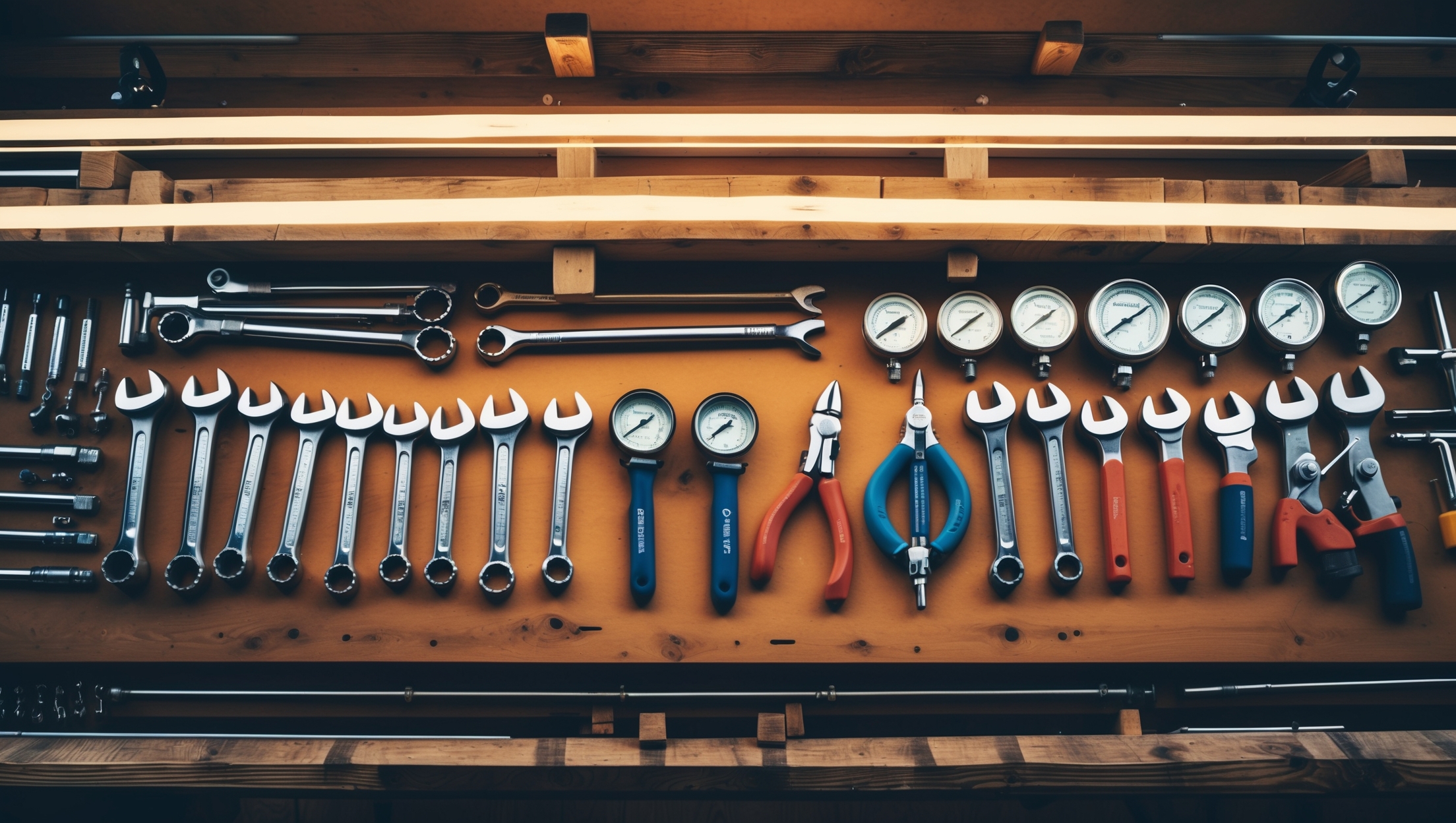
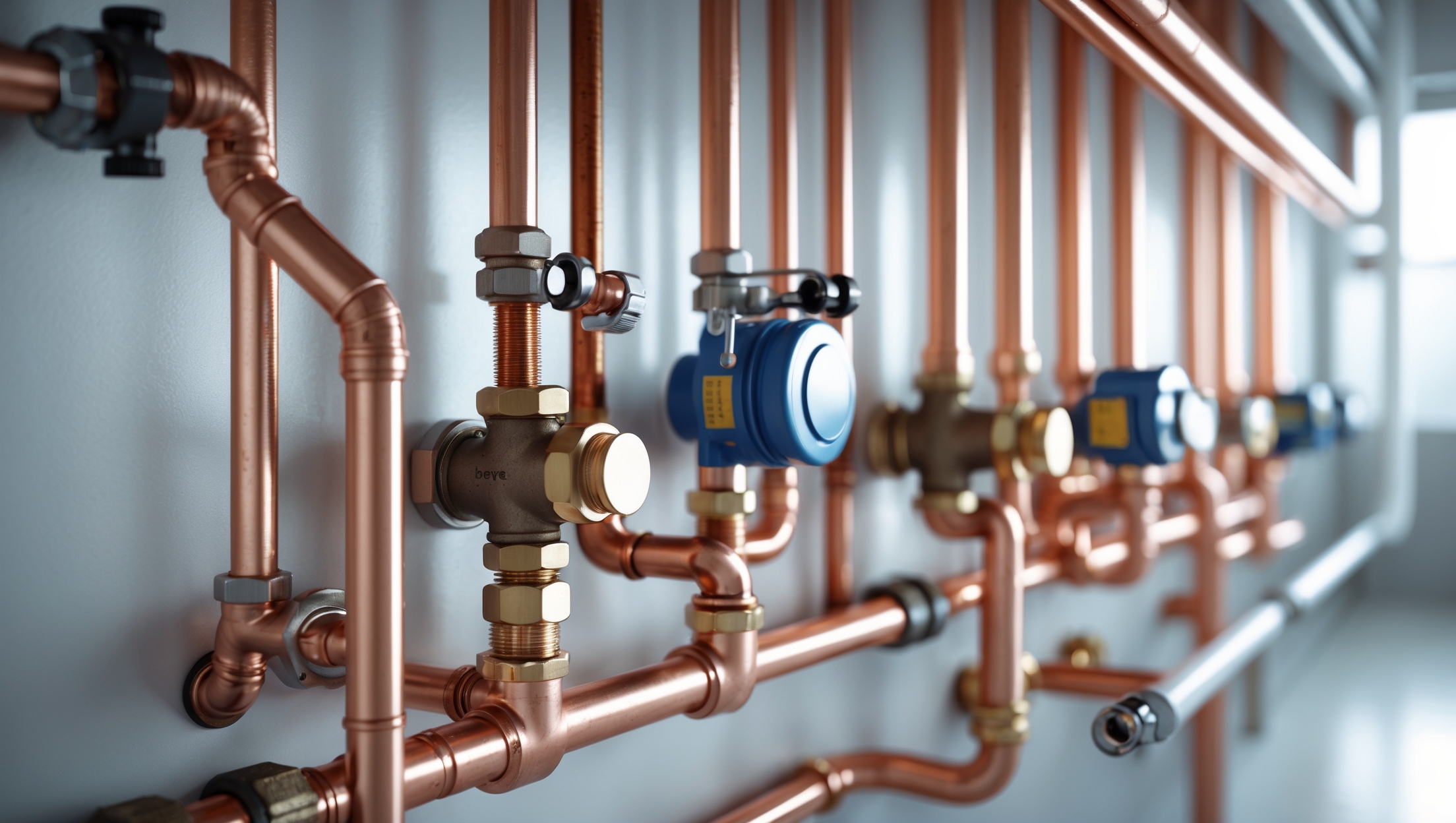

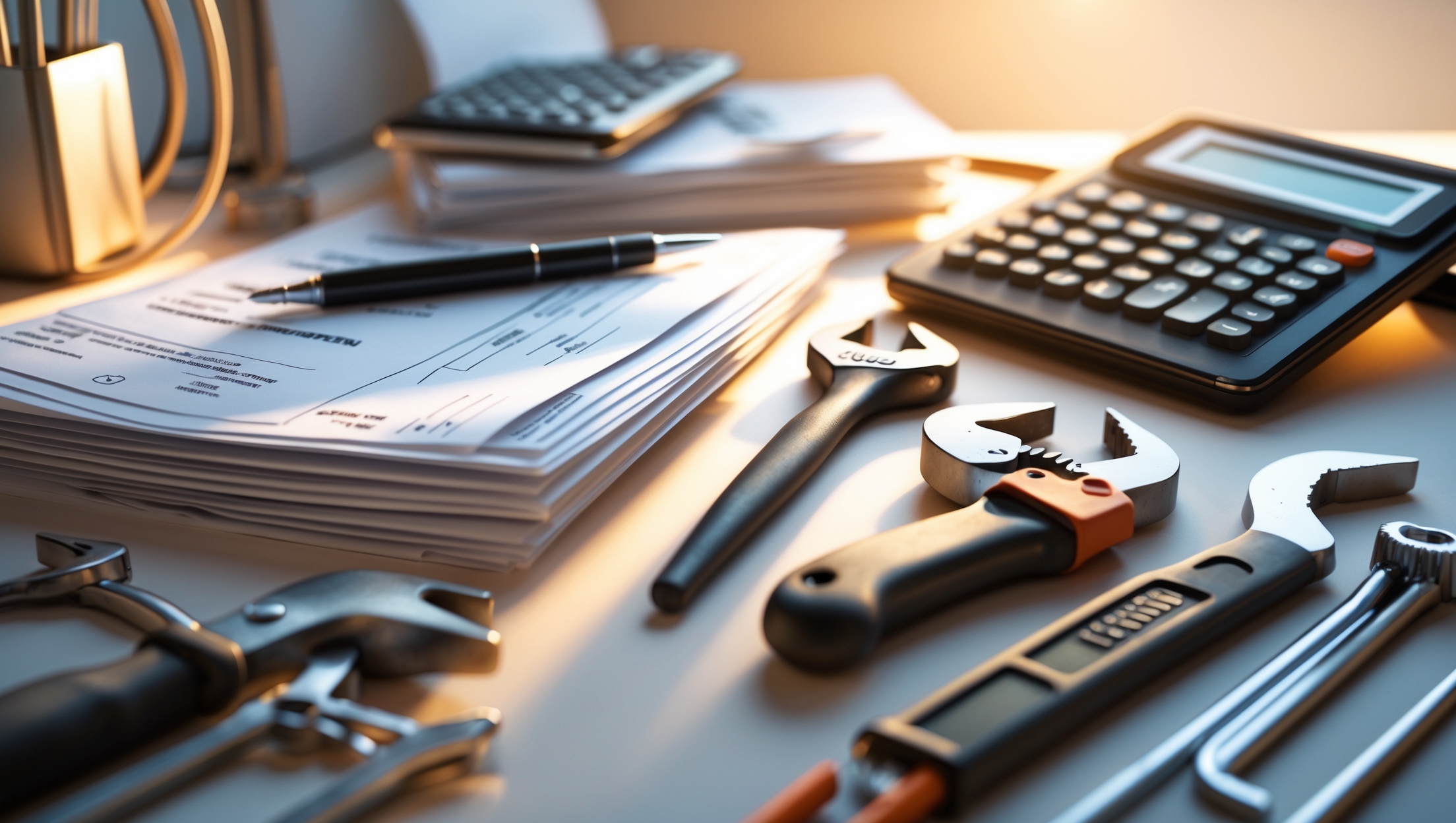
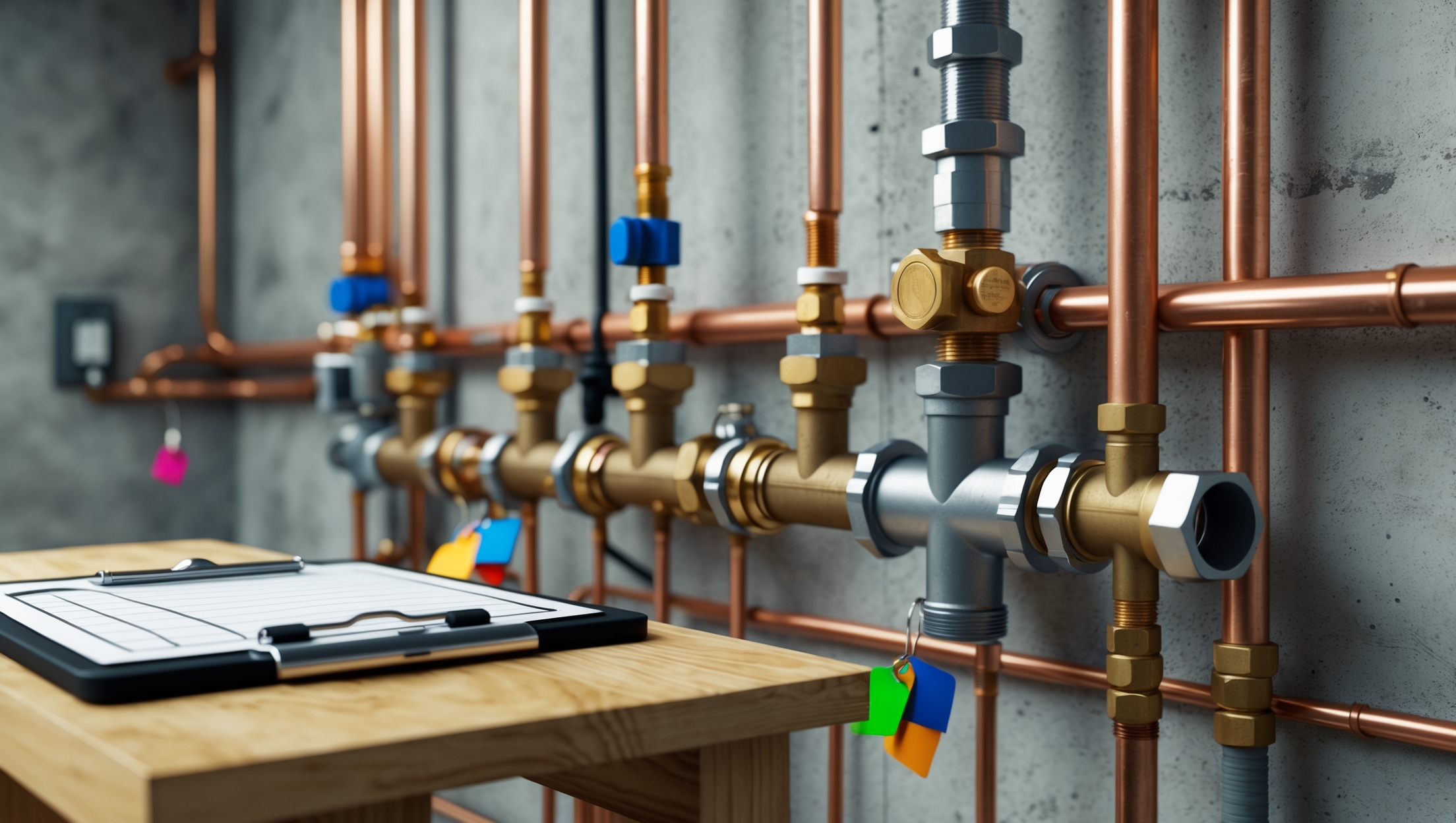
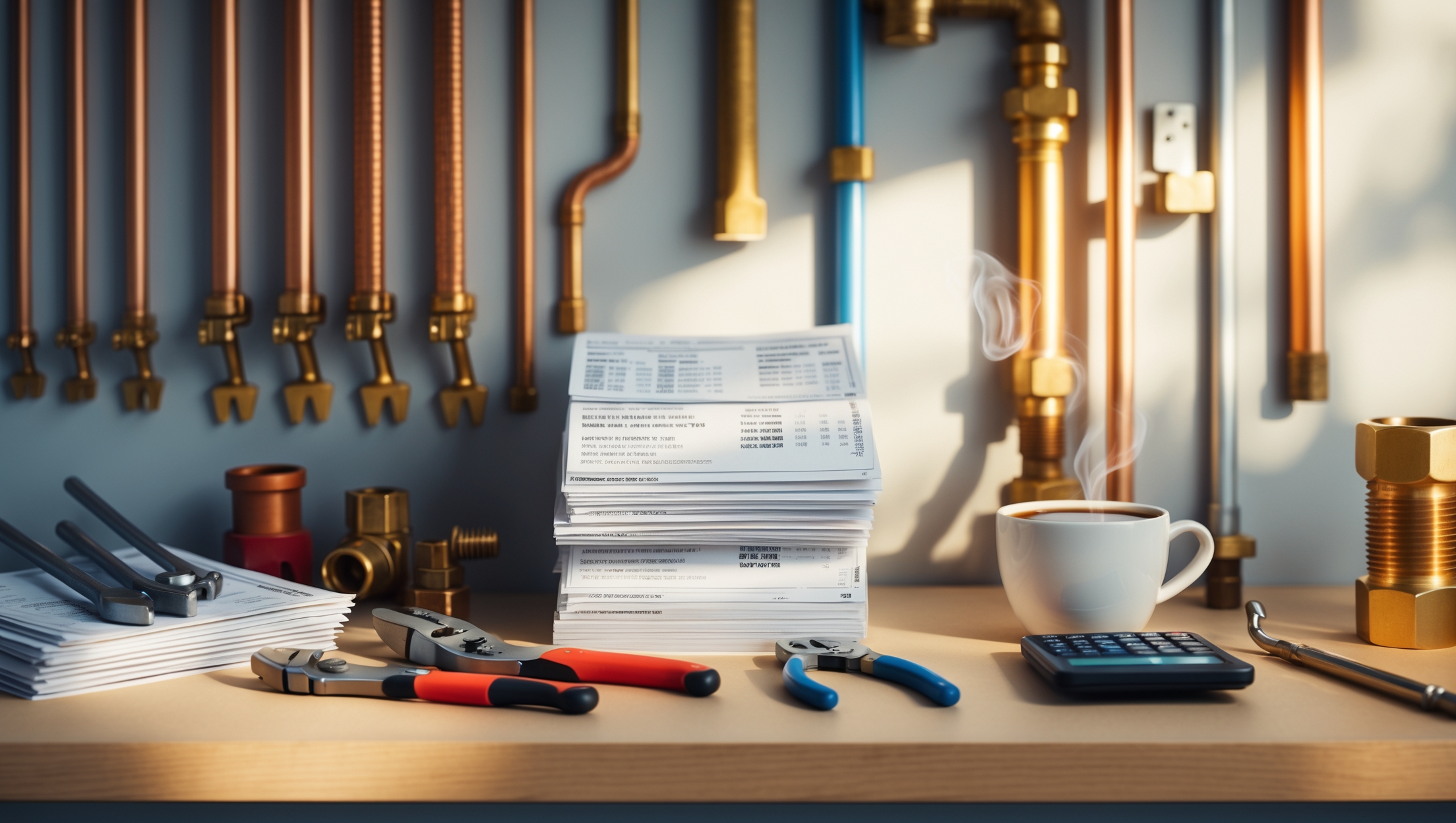
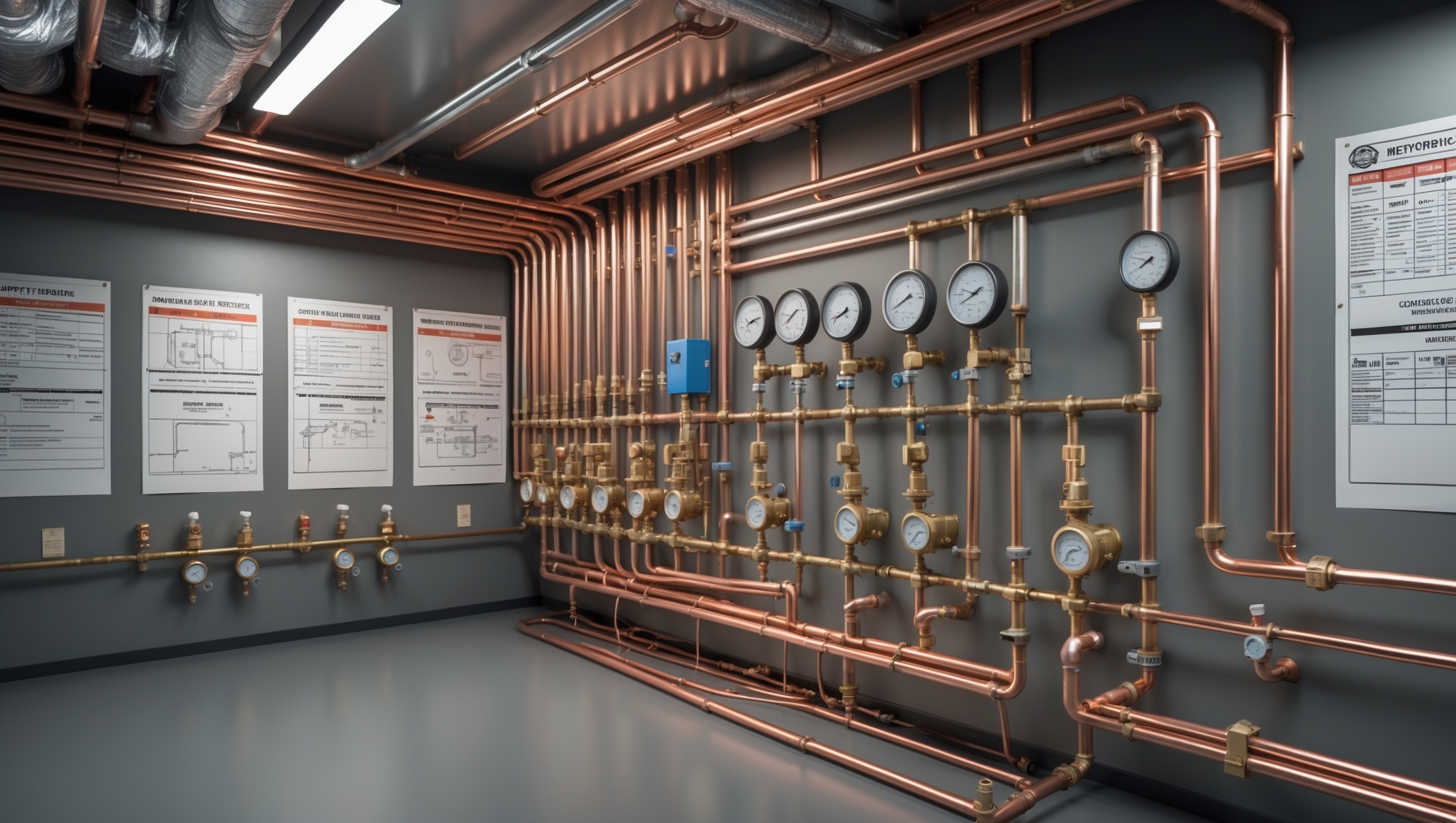
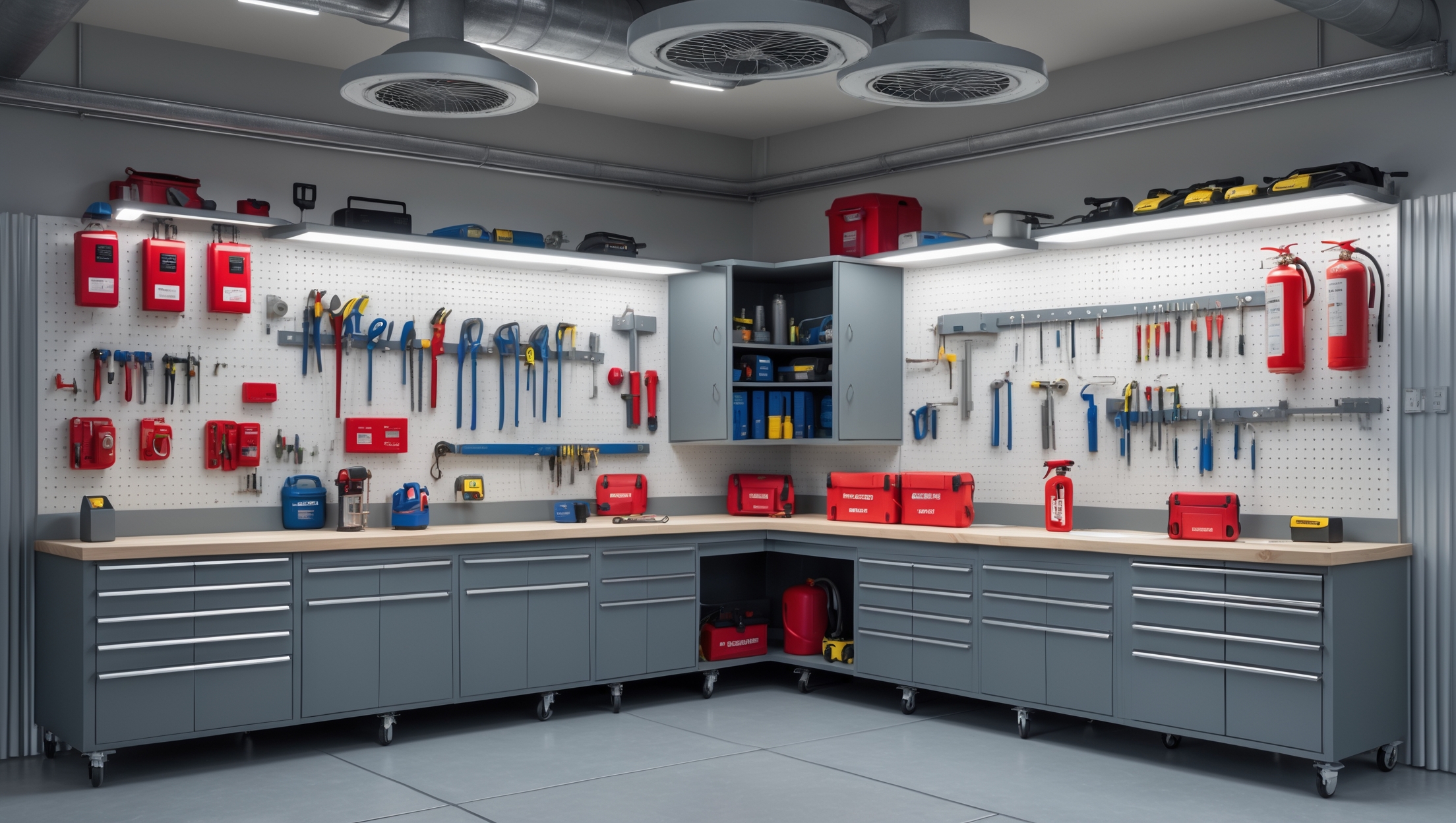
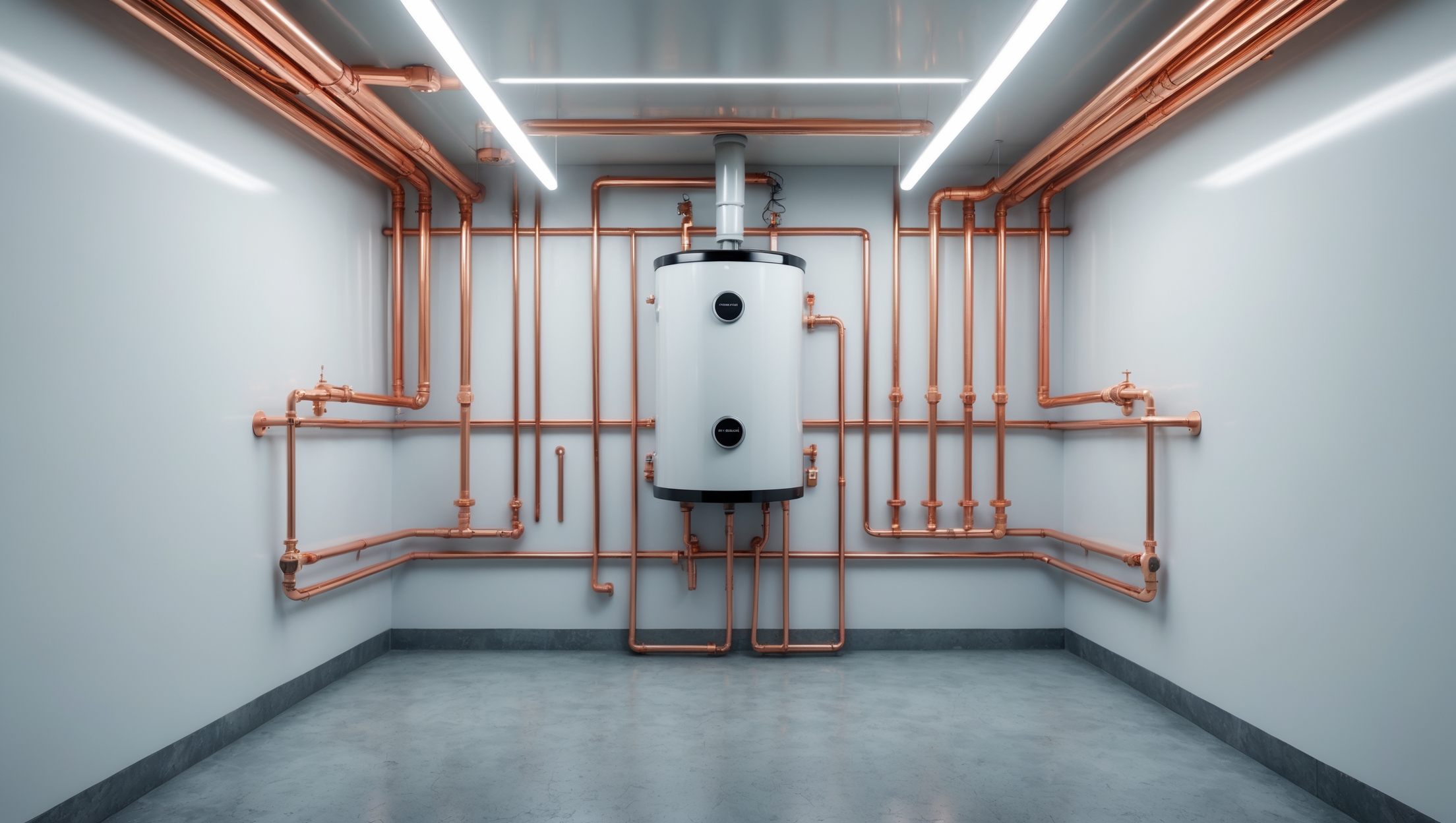
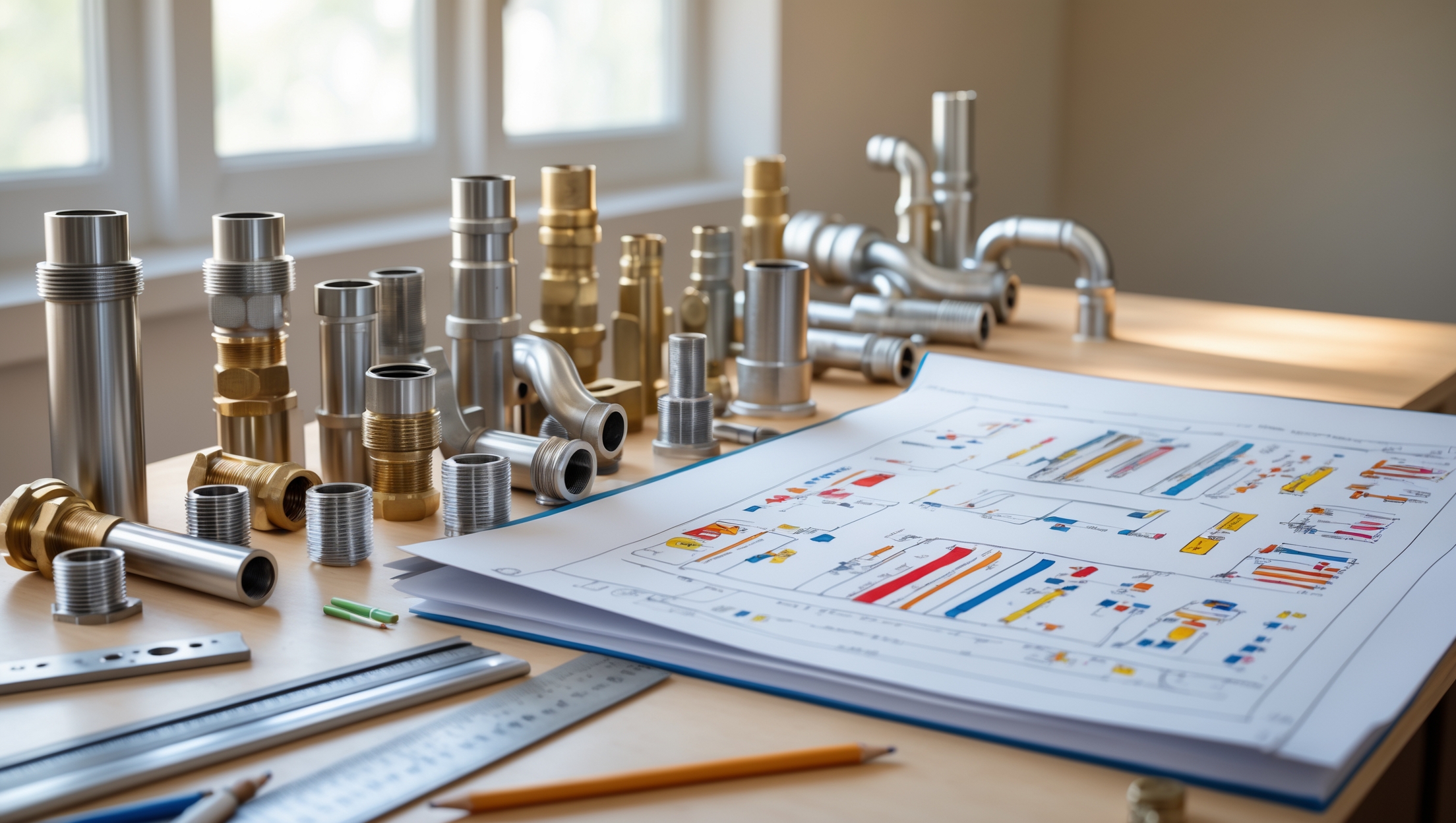
Megan Martinez
I noticed you mentioned high-quality inspection cameras and digital devices needing regular maintenance. Are there any specific steps for cleaning or calibrating these electronic tools to avoid inaccurate diagnostics, especially for someone who isn’t very tech-savvy?